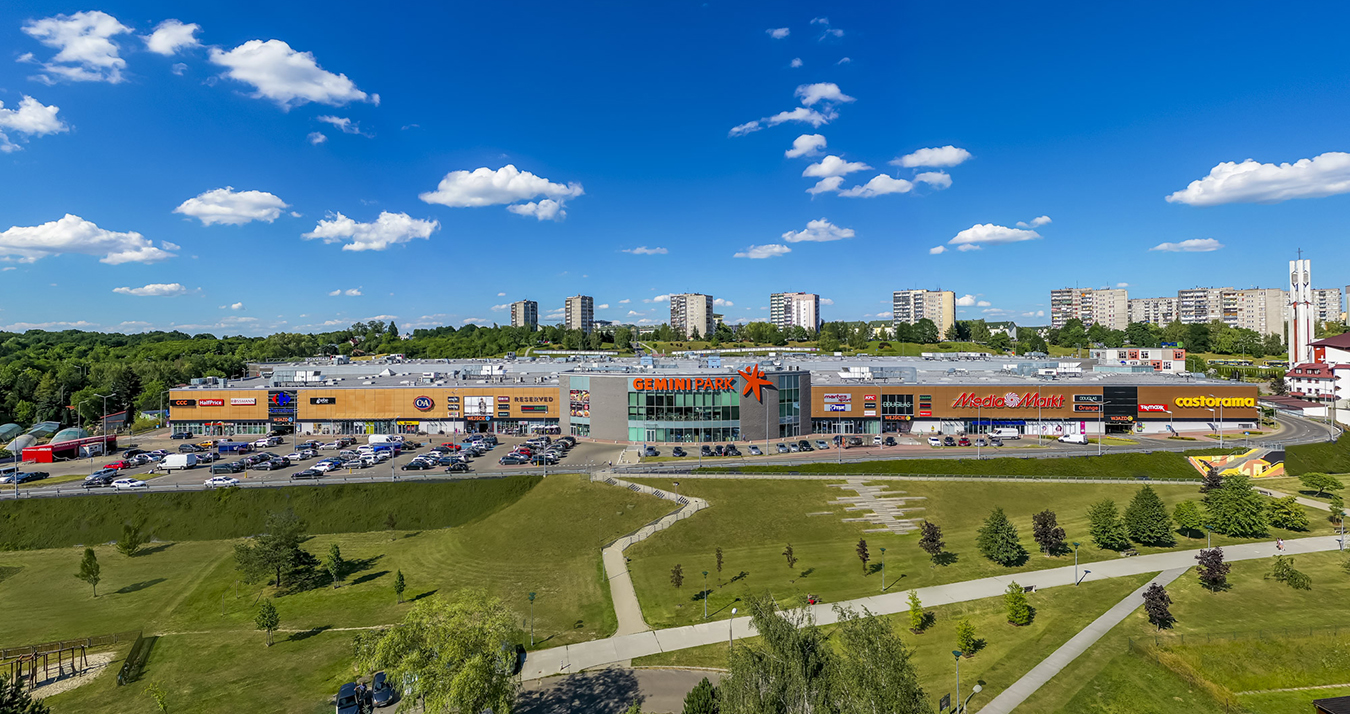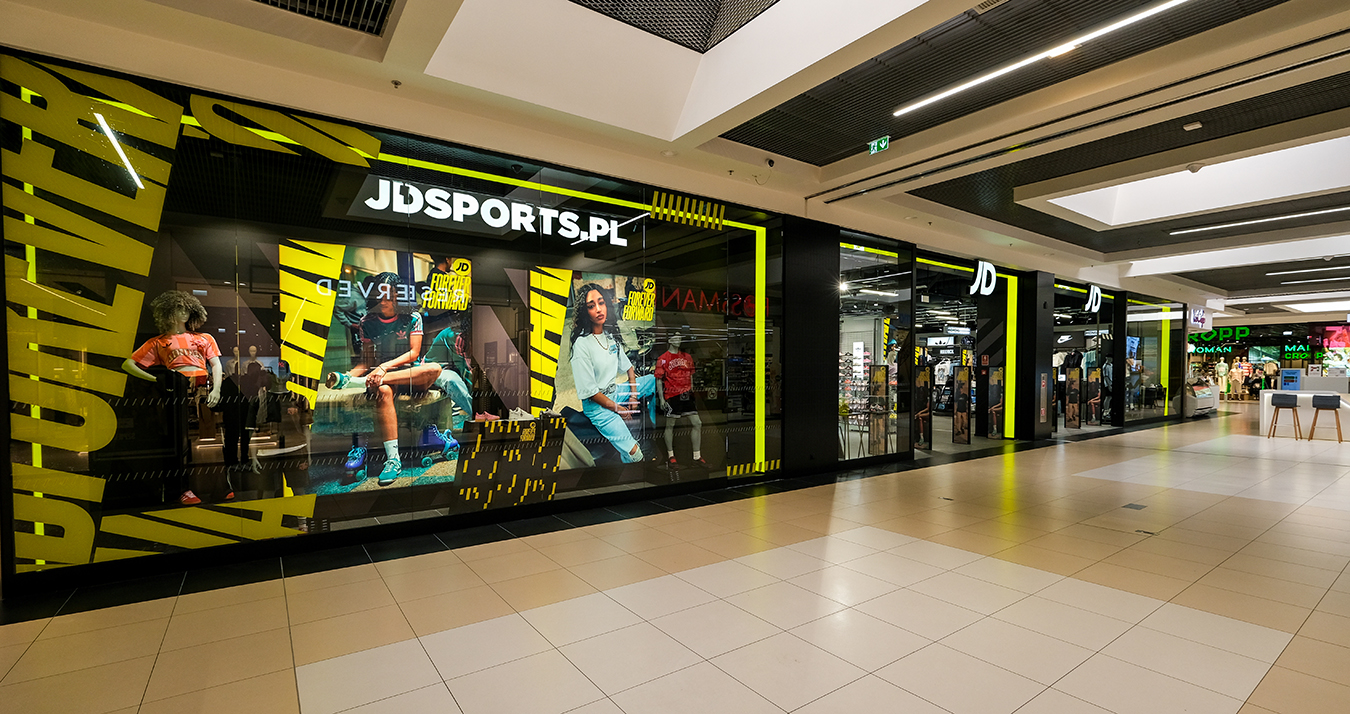

Current retail market trends, shaped by post-pandemic reality and a challenging socio-economic situation, place the customer at the center of focus. Competitiveness now lies in flexibly adapting to the expectations and preferences of modern consumers, whose shopping habits are continuously changing. An EY report, “Future Consumer Index,” indicated that with the easing of pandemic restrictions, Poles eagerly returned to brick-and-mortar stores. In March 2021, 43% of respondents said they visited these stores less frequently than before the COVID-19 pandemic, but by May 2022, this figure had dropped to just 20%. Meanwhile, about 30% admitted they would more often order products online and pick them up in-store to avoid the frustrating aspects of online shopping, such as paid or lengthy delivery.
The lockdown period unequivocally favored e-commerce, which experienced a rapid development, resulting in a nearly 50% increase in the number of online stores.[2] However, the dynamics of online sales growth in Poland by the end of 2022 returned to pre-pandemic levels, and the predictions that online shopping would completely replace in-store purchases proved to be false. Retail sales in this channel averaged 11% last year, with a noticeable downward trend in the fourth quarter.[3] In contrast, in 2023 according to the Central Statistical Office of Poland (GUS), compared to 2022, there was an increase in retail sales through the Internet in current prices (respectively 4.1% in April and 8.1% in May), but these figures no longer reach double-digit levels.
In the same month, turnover in brick-and-mortar trade in facilities ranging from 40 to 60 thousand sq m GLA grew on average by 2.3 to 4.9%, fastest in the entertainment area (15%) and gastronomy (11.1%).[4] This shows that for today’s consumer, a gallery is much more than just a place for advantageous shopping – it’s a multifunctional space that meets a wide range of needs under one roof, gathering all age groups around a rich tenant mix, and also a cultural and educational offering as well as an attractive meeting place and leisure time spot.
The evolution of online shopping methods has led to the recognition of the potential stemming from the alliance of offline and online sales, causing customers in the age of omnichannel (multichannel) to significantly change their shopping habits. Currently, the decision-making process leads through many paths following the innovative “phygital” concept, which blurs the stereotypical differences between online and offline sales. Almost half of all buyers believe that the integration of online, mobile, and in-store shopping channels is the most effective way to enhance shopping quality and experience.[5]
Statistics also show that the ROPO effect (Research Online, Purchase Offline) has once again reached the level of 2018, and in the “Omni-commerce – I Shop Conveniently” report, as many as 63% of respondents admitted that information found on the Internet encourages them to visit brick-and-mortar stores. It is worth noting that in 2021 this was only 39%.[6] Omnichannel thus also means the “halo effect” – offline presence improves online results and vice versa. Fully utilizing the potential of e-commerce and traditional shopping ensures that customers have interactive and much more satisfying shopping experiences. Isolation has strengthened the need for experiences and the level of customer sensitivity, which is why expectations towards shopping galleries have also changed.
Comfort and pleasure from shopping have become an integral part of the decision-making process. Shopping centers strive to build positive emotions and satisfaction among visitors, focusing on experiences related to staying in the facility. Convenience, a rich commercial and service offer, including top brands, unique gastronomic proposals, and non-trivial entertainment, are increasingly important in the decision-making process. The change in consumer behavior strengthens the role of shopping centers as places for building bonds and loyalty with brands through sensory experiences. Online access allows customers to gain preliminary knowledge about possible options, while a visit to the shopping center verifies the gathered information and selects the most favorable solution. The ability to touch the product, be inspired by a diverse offer, try on items, or receive professional advice remains a very important aspect of the customer decision-making process.
The distance from the place of residence and a rich tenant-mix also influence the experiences related to the shopping space. Buyers seek opportunities for comprehensive shopping in one place. One-stop-shopping facilities provide a wide choice and shorten the time needed to satisfy all needs. Furthermore, 2 out of 5 consumers also pay attention to the social aspect accompanying shopping in galleries.[7] As meeting places and leisure time spots, they should also provide an attractive gastronomic and entertainment space, expected by 50% of respondents.[8]
– Diverse and comprehensive tenant-mix, close neighborhood, local character and responsible approach, and a unique gastronomic and entertainment offer effectively attract buyers to shopping galleries. In the era of omnichannel, customers appreciate the seamless integration of experiences in the spirit of phygital, which only emphasizes the significance of shopping centers as complex ecosystems combining a variety of functions and interests. Competitive advantage will be gained by those entities that provide unique experiences and a comprehensive response to customer needs by skillfully combining innovative tools with quality client experience – emphasizes Anna Malcharek, Managing Director of Gemini Holding and Vice President of the Board of the Polish Council of Shopping Centers.
[1] PRCH Retail Research Forum, Report II half of 2022, p. 11.
[2] PRCH and GFK, “The Future of Shopping Centers” report, 2022, p. 8.
[3] PRCH Retail Research Forum, Report II half of 2022, p. 8.
[4] https://prch.org.pl/shopping-centers-in-may-2023-turnover-and-visit-rates/
[5] “Trade” Report 2023, p. 55.
[6] PRCH Retail Research Forum, Report II half of 2022, p. 8.
[7] PRCH and GFK, “The Future of Shopping Centers” report, 2022, p. 13.
[8] “Trade 2022” Report, p. 34.


